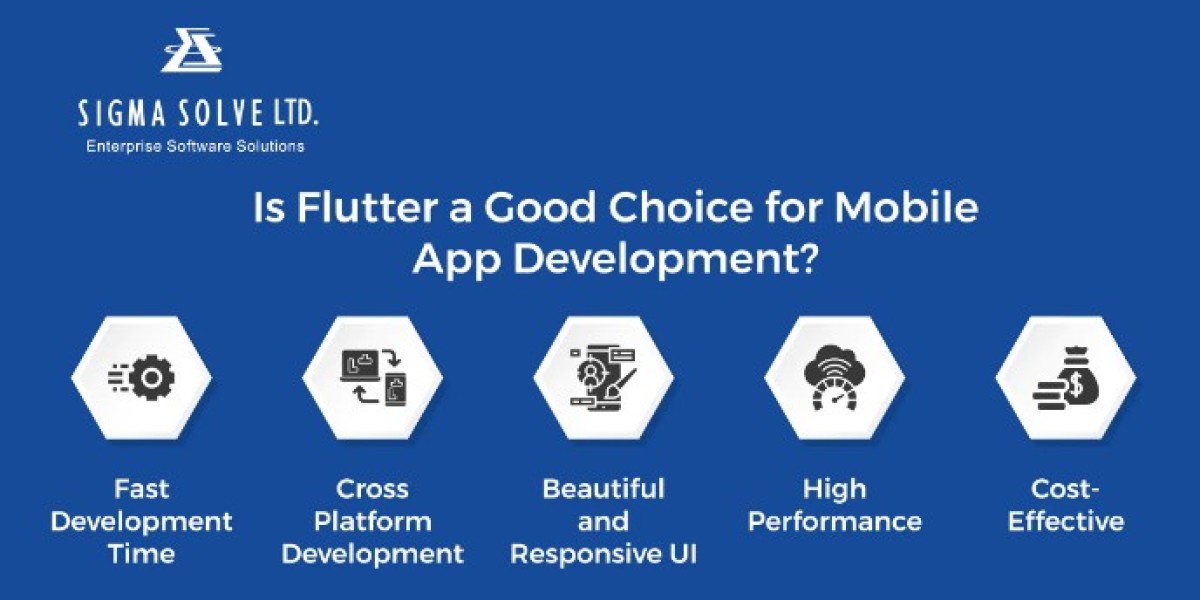Today, the demand for IT specialists and qualified software developers is more significant than ever before. And while demand had steadily been growing over the past two decades, the COVID-19 pandemic has increased the pace exponentially.
The world has gone through a series of intermittent lockdowns for the past couple of years, resulting in an already digital-first age becoming even more digital. As a result, many consumer-facing businesses that hadn’t already adapted to the Internet era were suddenly facing an imminent existential threat — leaving most of them scrambling to build up an Internet presence.
And even without the pandemic, the digital transformation of most companies was entirely inevitable — COVID-19 only managed to speed up the process. What this means for the IT industry is an unprecedented demand for experts with valuable experience, top-notch skills, and reasonable rates.
These conditions have proven to be an excellent breeding ground for more flexible staffing solutions. Among these, the staff augmentation model has become quite popular. And if you’re unsure how it can help you quickly grow your business, don’t worry — we’ll explain all about what staff augmentation means, what made it so popular recently, and how it stacks up against traditional project outsourcing.
What does staff augmentation mean?
So, let’s begin with the basics — what is staff augmentation in the first place? It’s a type of outsourcing service routinely used for IT projects. It extracts the most value from your internal team and external expertise by combining the two on the same project. Moreover, the solution is quite cost-effective because it starts with an internal analysis of your existing staff and their capabilities — or rather, the capabilities they lack.
Then, the staff augmentation model allows you to hire the experts that fill your internal team’s gaps. You can manage them directly, and you can decide how long you need their services. However, staff augmentation is usually performed on a per-project basis instead of a long-term indefinite situation.
When you’re facing a staffing shortage, this method lets you quickly find and recruit the right people to help you complete the specific project. That way, you can still use your internal capabilities while also temporarily filling in your in-house team with highly experienced IT specialists.
These outstaffers aren’t a separate outsourced team that requires additional management — instead, they become an integral part of your internal team and cooperate with existing personnel, usually for shorter periods. In essence, the staff augmentation model combines the expertise that comes with staff outsourcing and the convenience of having an internal team.
Crucially, the solution is excellent at reducing expenses related to project implementation, payroll, and recruitment. Plus, it’s a lot more scalable compared to strictly hiring in-house. By design, terminating this kind of partnership is orders of magnitude more straightforward than terminating an internal employee — so you can decrease or expand your team according to the dynamic needs of your business growth strategy.
Plus, shifting all of the staff management responsibilities to the IT out-staffing company lets you minimize procedural formalities with employment and HR. You can focus on your product or the core services of your business rather than worrying about the minutiae.
What’s the difference between project outsourcing and staff augmentation?
On a superficial level, staff augmentation may seem quite similar to the project outsourcing model. After all, the point of both is to minimize staff expenses, use resources more efficiently, and optimize taxes — but the way they go about it is quite different.
While outsourcing sees you transfer complete functions of your business to an external subcontractor, staff augmentation means integrating outside IT specialists into your company’s internal teams and processes — but without having to go through all of the expenses and paperwork that goes with hiring a long-term employee internally.
Let’s say, for instance, that your company’s website desperately needs a UX makeover — after all, the online experience has become central to any company’s sales and marketing strategies due to the rising importance of digital channels.
However, you may not have an experienced, stellar UX designer on your team. You may want to hire one yourself — but on the other hand, what if you really only need them for this particular project and not for the day-to-day operations of your company?
In that case, hiring a UX designer through the staff augmentation model is the perfect solution. The designer (and perhaps other supplemental experts) will come in, remodel your website, and then once the project is finished successfully — just leave. No additional expenses in the future — it’s as simple as that.
On the other hand, let’s say that a car manufacturer wants to develop some sort of multimedia software for their vehicles. If they don’t have an IT department of their own, they’d have a hard time developing this software internally — so the company outsources the entire development process to an IT company that has sufficient expertise and resources.
Both types of services involve subcontractors that solve specific tasks, but staff augmentation sees them integrated into your internal team, while strict outsourcing is used when you don’t really have an internal team.
Benefits of staff augmentation models
1. Cost-effectiveness
While hiring new full-time employees for a particular project is also a viable option, it means more energy, money, and time spent on the process of onboarding the employee — plus, you often have no need for them after the end of the particular project.
Instead, staff augmentation allows your organization to include new experts in your team on a short-term basis. In the process, you circumvent many of the costs that come with benefits and salaries for internal employees, and you get the option of hiring on a per-project basis.
2. You can find the exact skillsets your company needs
Temporary staff is the perfect option for short-term projects, and that’s just what staff augmentation gives you. Plus, you have the chance to precisely fill the skill gaps your internal team currently has. Through the staff augmentation model, your company can analyze the exact fields of expertise or skills its internal team lacks and then find the appropriate temporary staff for your project — while also keeping costs down in the process.
3. Scaling is quicker
If you need an affordable way to scale your staff in the short term, staff augmentation is the ideal option. You can recruit top talent that’s suitable for your specific projects while also reducing costs — allowing you to scale up or down without hiring too many costly full-time employees at once.
In today’s dynamic business landscape, the workload of many organizations changes quickly — and staff augmentation is the quickest and most efficient response to that phenomenon. It allows you to take on more business without hiring more people right away or reducing the quality of your work.
4. It puts you in control of the process
While staff augmentation is certainly a type of outsourcing, it results in organizations and companies having a lot more control over the experience and skills they expect from their temporary staff. You can easily monitor the work done by temporary hires because they’ll probably be working together with your full-time staff.
This eliminates one of the biggest disadvantages to complete outsourcing — the lack of easy oversight and access to individual staff members. You can uphold the fidelity, confidentiality, and quality of your projects and affect the work done on the project in real-time.
5. You get an unbiased opinion
Often enough, internal teams start suffering from tunnel vision — especially if they’ve been working on a specific project for a long time. And the temporary staff you get through the staff augmentation model can be just the external “set of eyes” you need to make sure you and your team aren’t making any mistakes due to company biases. A fresh point of view can easily point out issues and recommend improvements that permanent staff might not notice because they’re so absorbed in their own work.
Wrapping Up
As you can see, staff augmentation solution is ideal for businesses that want to reduce personnel and tax expenses, optimize their internal processes, and easily get qualified specialists to work on their projects without hiring them full-time. If you want to scale up your company quickly or reduce staff in the process of optimizing costs — this is the way to go.








